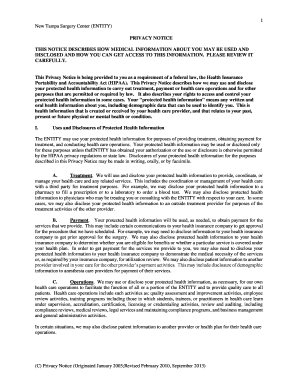

Yap JL, Wang H, Hu A, Chauhan J, Jung KY, Gharavi RB, et al. Current challenges and opportunities in designing protein-protein interaction targeted drugs. Shin WH, Kumazawa K, Imai K, Hirokawa T, Kihara D. Small molecules in targeted cancer therapy: advances, challenges, and future perspectives. Zhong L, Li Y, Xiong L, Wang W, Wu M, Yuan T, et al. Homo- and heterodimerization of proteins in cell signaling: inhibition and drug design. The Myc/Max/Mad network and the transcriptional control of cell behavior. Grandori C, Cowley SM, James LP, Eisenman RN. Structure-based Inhibitor Design for the Intrinsically Disordered Protein c-Myc. Nuclear C-MYC expression level is associated with disease progression and potentially predictive of two year overall survival in prostate cancer. Zeng W, Sun H, Meng F, Liu Z, Xiong J, Zhou S, et al. In conclusion, our study demonstrates that 3JC48-3 is a potent MYC/MAX heterodimerization inhibitor that decreases prostate cancer growth and viability associated with upregulation of PrKD1 expression and kinase activity. Preliminary results in these PDX mouse models suggest that 3JC48-3 may be effective in decreasing the rate of tumor growth.

Normal mice and mice with patient-derived prostate cancer xenografts (PDX) tolerated intraperitoneal injections of 3JC48-3 up to 100 mg/kg body weight without dose-limiting toxicity. The mining of gene expression in human metastatic prostate cancer samples demonstrated an inverse correlation between PrKD1 and c-Myc expression. Treatment with 3JC48-3 upregulated PrKD1 expression and phosphorylation of known PrKD1 substrates: the threonine 120 (Thr-120) residue in beta-catenin and the serine 216 (Ser-216) in Cell Division Cycle 25 (CDC25C). We have previously shown that the MYC/MAX heterodimer is a transcriptional repressor of a novel kinase protein kinase D1 (PrKD1). We confirmed inhibition of MYC/MAX dimerization by 3JC48-3 using immunoprecipitation experiments. In our experimental studies, we found 3JC48-3 decreases prostate cancer cells’ growth and viability in a dose-dependent fashion in vitro. We studied the effect of a second-generation small molecular inhibitor 3JC48-3 on prostate cancer growth and viability.

Several methods have been described to inhibit MYC/MAX dimerization including small molecular inhibitors and proteomimetics. An attractive strategy is to inhibit MYC/MAX dimerization to decrease c-Myc transcriptional function. The basic helical structure and zipper protein of c-Myc forms an obligate heterodimer with its partner MYC-associated factor X (MAX) to function as a transcription factor. Therapeutic targeting of c-Myc remains a challenge because of a disordered protein tertiary structure. The proto-oncogene cellular myelocytomatosis (c-Myc) is a transcription factor that is upregulated in several human cancers.


 0 kommentar(er)
0 kommentar(er)
